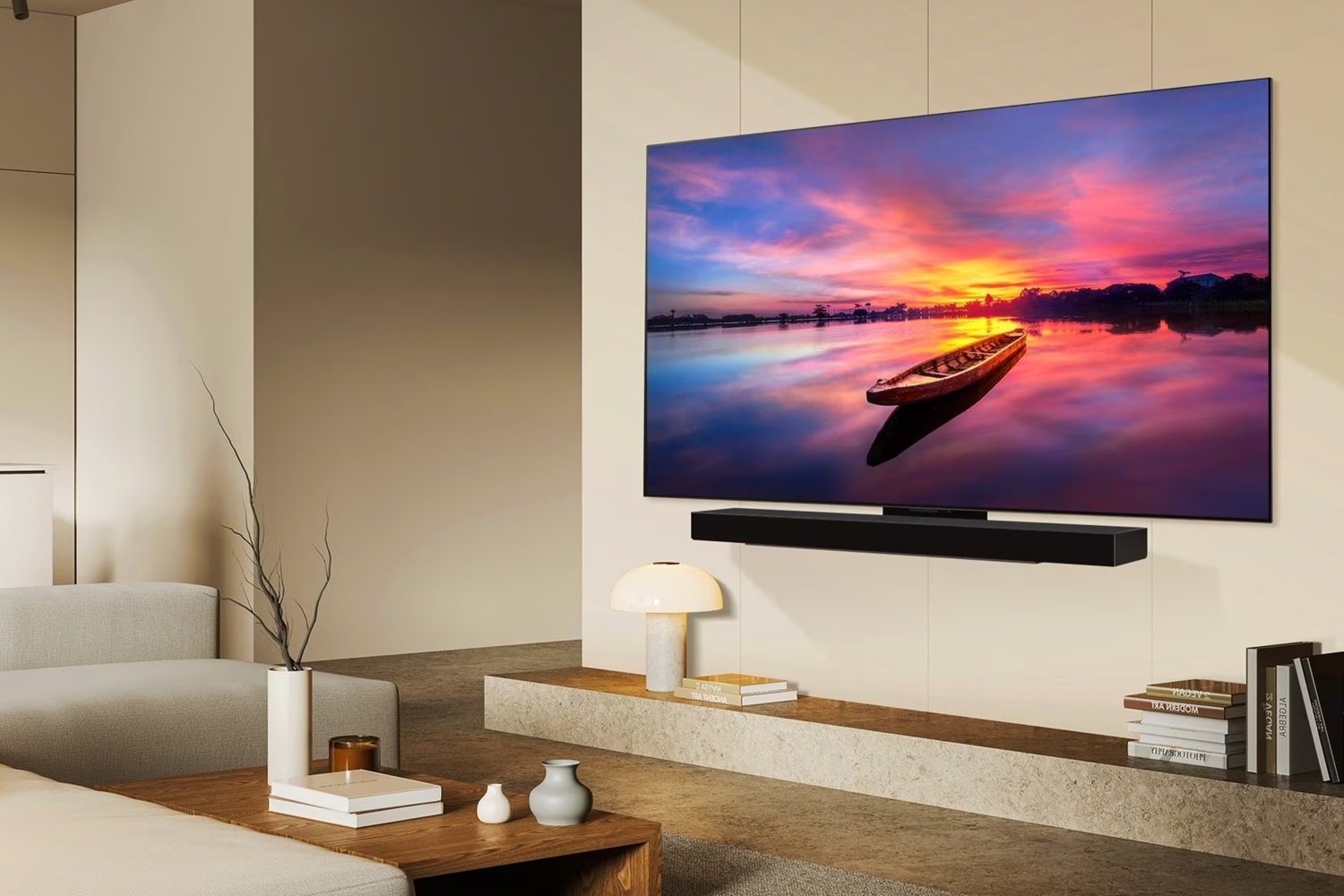Usually, a shopping center is full of people, shops and, ultimately, traffic, but when things do not go as those responsible expect, such a large building can become a liminal space typical of a horror movie. This is what is happening with some shopping centers in the United States that had a good life for a while and now have died. On other occasions, poor planning doomed the project from the start.
It is the story of the New South China Mall, which was the largest shopping center on the planet that was 99% vacant for a long time. And it had a happy ending. Half.

Aerial view of New South China Mall
Megaproject. The home of the New South China Mall is Dongguan. It is one of the most important industrial cities in China, with a census population of more than ten million people. It is not one of the most buoyant due to its working population, its social conditions and that communications with other urban centers is not easy due to the absence of an airport.
The mall was the work of Hu Guirong, who became a billionaire thanks to the instant noodle industry, and with a construction cost of about $1.3 billion, the New South China Mall opened its doors. It was a whim to honor his hometown.

Copying cities. The space was (and is) immense. A total area of 892,000 square meters, 659,612 square meters built and space for more than 2,000 stores. Something curious is that in China there are replicas of some cities, especially European ones. An example is the Huawei office complex that replicates cities like Granada. Another, the replica of European monuments and neighborhoods, such as Paris.


Venetian canals with radioactive green water
In the shopping center, the builders decided that it was a good idea to replicate districts of cities such as Amsterdam, Rome, Paris or Venice, as well as other areas inspired by California, the Caribbean or Egypt. An example is the Bell Tower of San Marco in Venice (with a canal of more than two kilometers in which you could ride a gondola) or the replica of the Arc de Triomphe, 25 meters high, half the height of the one in Paris.


Or the replica of the Arc de Triomphe
Mega failure. Although spectacular, it was a complete failure. There are several reasons that worked against the complex from the beginning. One is that it was in the suburbs, so to get there you had to use the car. The area was not good either.
When the shopping center was designed, it was planned that the occupants of these commercial spaces would be luxury brands, something very far from the economic possibilities of the inhabitants of the area in which it was located.






99% “for rent”. This caused the businesses to be reduced to fast food chains and it was reported that practically all of the space was unoccupied. Unlike other projects of this style that are abandoned or reused for another purpose, Hu Guirong did not give up and sold a majority stake in the mall.
Founder Group, which was part of Peking University, sought to revitalize the building. The first was a name change that was somewhat longer (New South China Mall, Living City), but for more than a decade only businesses such as KFC, McDonald’s or an IMAX cinema remained standing. It seemed like everything was lost, but the solution was right under their noses at all times.
Resurrection. The key? Reinvent the concept of the center. After failing to attract a wealthy audience, the organization opted for the opposite strategy: trying to make the middle class feel at home. The canals were cleaned, the green areas were expanded, the lighting was changed and a maritime park was inaugurated. This, together with the fact that more accessible stores began to be established, allowed the shopping center’s occupancy to recover to 91% in 2020.
In the end, the story of the New South China Mall has been a positive one. It stopped being the largest shopping center on the planet a long time ago, but at least it has not remained just another abandoned concrete mass. As there are so many.
Image | David290
In WorldOfSoftware | A 109-meter-long shopping center in a former shipyard: this is Whampoa, Hong Kong’s yacht-shaped shopping and leisure area












